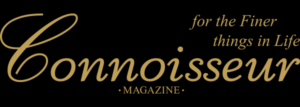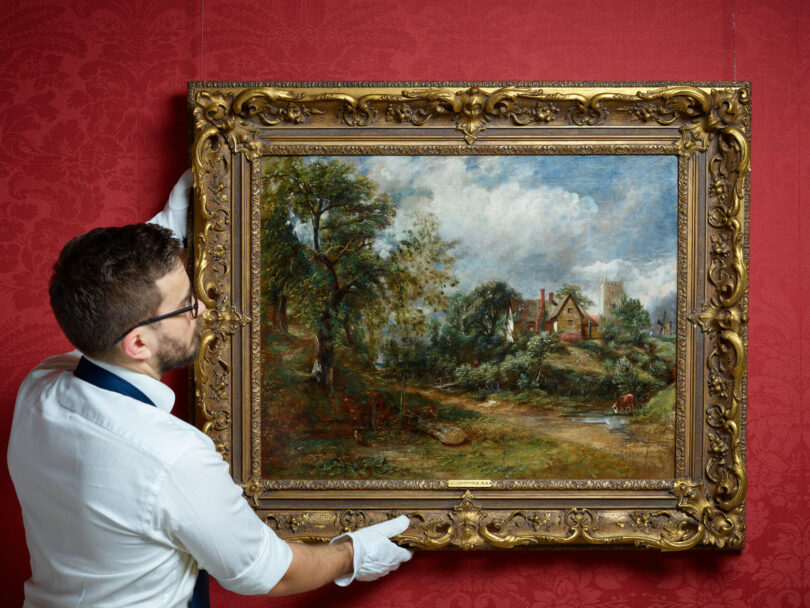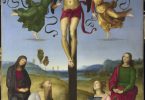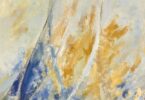Rediscovered: Preparatory Sketch for one of John Constable’s Most Personal Paintings
‘The Glebe Farm’
to headline Sotheby’s Old Masters Evening Auction this DecemberPainted by the great English Romantic Artist in Memory of hislife-long friend, mentor and patron, The Bishop of Salisbury
LONDON, 21 NOVEMBER 2021 – This season’s Old Masters Evening Auction at Sotheby’s will be led by a recently rediscovered work by the greatest of the English Romantic landscape painters, John Constable. A preparatory study for The Glebe Farm – one of the artist’s most personal and treasured compositions, now at the Tate Gallery, London, the oil sketch is among the most significant additions to Constable’s canon of work in recent years. Highlighting the auction on 8 December, the study will be offered with an estimate of £3-5 million.
Julian Gascoigne, Sotheby’s Senior Specialist of British Paintings commented, “The existence of a lost preparatory study for ‘The Glebe Farm’, one of the most personal and evocative of Constable’s great paintings, has long been known by scholars. Listed in the artist’s studio sale, the re-emergence of this important work after 180 years, particularly in such an exceptional state of preservation, represents one of the most significant and exciting discoveries in Constable scholarship for a generation”.
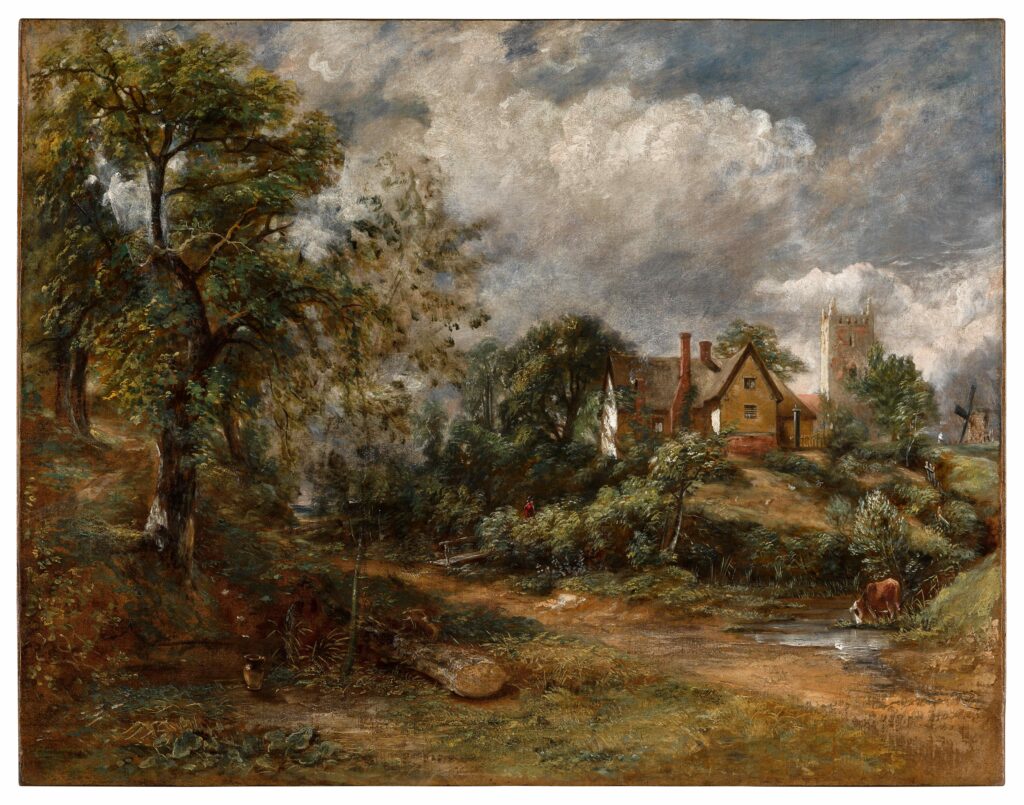
Painted by Constable in memory of his dear friend, mentor and early patron, John Fisher, later Bishop of Salisbury, The Glebe Farm holds a special and poignant resonance within the artist’s oeuvre, depicting Church Farm (the Glebe Farm) the parish lodgings of Fisher when he was Rector of Langham – a small village on the south side of the Stour Valley near to where Constable was born and grew up. The two first met in 1798, when Constable was in his early 20s, a meeting that, as the artist himself noted, ‘entirely influenced his future life.’ After their meeting, Fisher continued to nurture and support the artist, both professionally and personally and over time became one of his most important patrons. When Fisher was appointed Bishop of Salisbury by the King in 1807, Constable became a regular visitor to the Bishop’s palace at Salisbury and undoubtedly benefitted from his friend’s elevated social connections.
Painted from a shallow hill overlooking Dedham Vale, the view was well known to Constable who had painted many of his early Dedham views from a spot nearby. The composition is however an imagined view, rather than one of topographical accuracy, with the Church painted into the composition despite the fact it cannot be seen from this viewpoint – perhaps an attempt by the artist to make the work more of a full memorial to his late friend. The composition was in fact so personal to Constable that the finished painting remained in the artist’s possession until his death – despite two major patrons trying to acquire it – and the reason it was bought back by a consortium of his friends at his posthumous studio sale and returned to the artist’s eldest son, John Charles.
Until now the canon of Constable’s known Glebe Farm paintings consisted of five pictures, including an early plein air sketch of circa 1810 (Victoria and Albert Museum, London) and a later, more fantastical variant of the composition formerly in the collection of Sir Edwin Manton (Tate, London). However, the possibility of the existence of other, untraced versions of the composition, particularly a preparatory sketch which formed the basis for the later versions of the subject, had long been known. Thought to date to circa 1828, this luminous and engaging study, which has recently re-emerged and can now be returned to its rightful place in the canon of the artist’s work has been identified as that lost preparatory sketch, providing a vital link between the artist’s first much smaller version of the subject, now at the Detroit Institute of Arts, and his two final compositions now both at the Tate, London.
Gridded up in pencil on top of the ground layer, it shows the artist transferring the composition from the Detroit picture onto a larger scale and working out new ideas and alterations for the composition. The study, for example, includes a windmill to the right – a feature not evident in any other version of the work – painted over the initial lay-in of the sky, with no detectable underdrawing beneath it, strongly suggesting it was an after-thought, and demonstrating the artist’s crucial thought process in evolving the composition. In both the Tate versions of the composition the area occupied by the windmill in the present study is replaced with a screen of trees (slightly different in each). However, beneath the trees in the earlier of the two Tate versions is the remnants of a windmill which follows exactly that in the present work, though it was later painted out and replaced by the trees.
Scientific examination carried out by the Constable Research Project also shows the artist’s use of rubbing back and toning down of the lively impasto in the foliage and foreground details, techniques that are typical of Constable’s practice in the 1820s and 30s and evidence of his close study and admiration for the work of Sir Peter Paul Rubens in particular, and Dutch 17th century landscape painting in general.
About Sotheby’s
Established in 1744, Sotheby’s is the world’s premier destination for art and luxury. Sotheby’s promotes access, connoisseurship and preservation of fine art and rare objects through auctions and buy-now channels including private sales, e-commerce and retail. Our trusted global marketplace is supported by an industry-leading technology platform and a network of specialists spanning 40 countries and 50 categories, which include Contemporary Art, Modern and Impressionist Art, Old Masters, Chinese Works of Art, Jewelry, Watches, Wine and Spirits, and Interiors, among many others.
Instagram | Facebook | Twitter | YouTube | LinkedIn | Pinterest | WeChat | Weibo | Youku
* Estimates do not include buyer’s premium or overhead premium. Prices achieved include the hammer price plus buyer’s premium and overhead premium and are net of any fees paid to the purchaser where the purchaser provided an irrevocable bid.
Leave a Comment
You must be logged in to post a comment.
